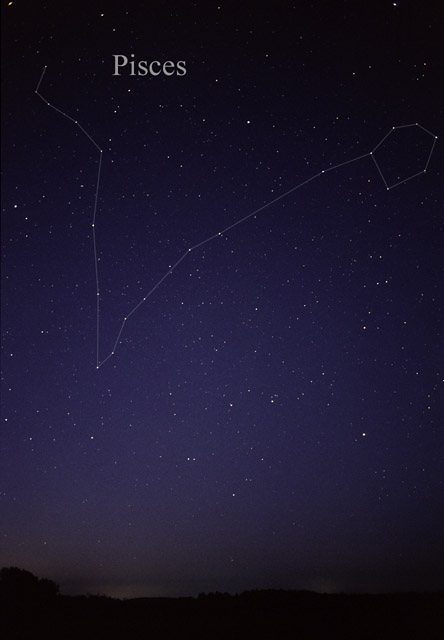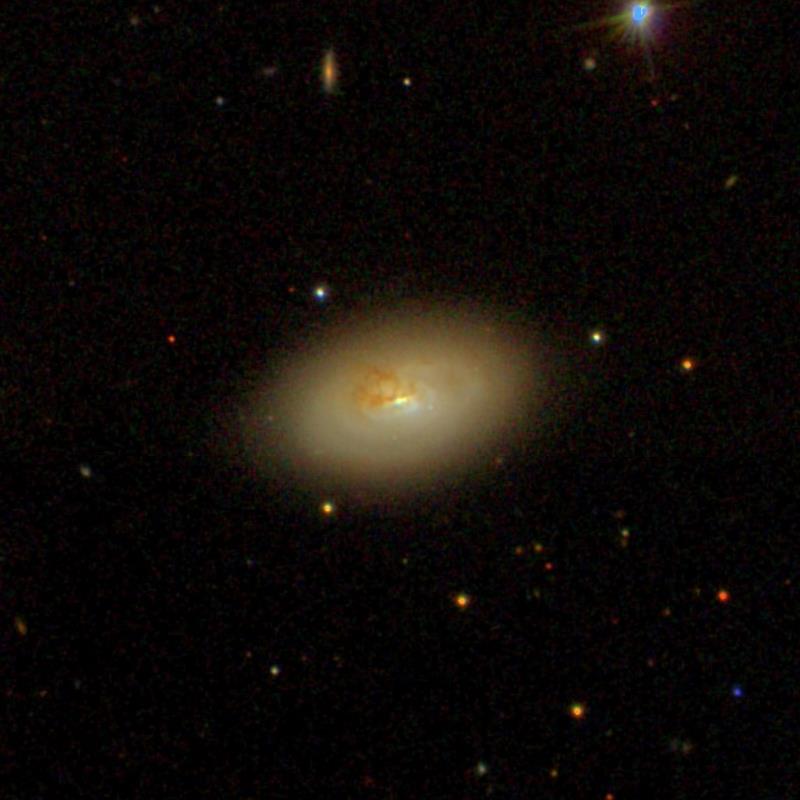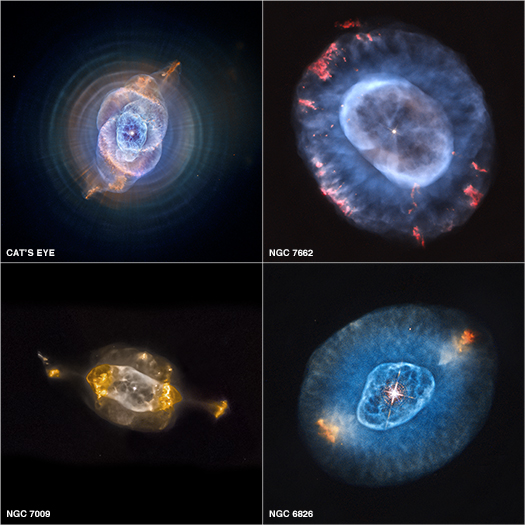|
63 (number)
63 (sixty-three) is the natural number following 62 and preceding 64. In mathematics 63 is: * a deficient composite number * a highly cototient number. * a number of the form 2''n'' − 1 (with ''n'' = 6), but it is not a Mersenne prime since n is not prime and 63 is certainly not prime either. It is the only number in the Mersenne sequence whose prime factors are each factors of at least one previous element of the sequence. * a Woodall number i.e. of the form 2''n''''n'' − 1 with ''n'' = 4. * the third Delannoy number. * the sum of the powers of 2 from 0 to 5. * palindromic and a repdigit in bases 2 (1111112), 4 (3334), 8 (778), 20 (3320) and 62 (1162). * a centered octahedral number. * there are 63 posets with 5 unlabeled elements. * a Harshad number. In science * The atomic number of europium. Astronomy * Messier object M63, a magnitude 8.5 galaxy in the constellation Canes Venatici, also known as the Sunflower Galaxy. * The New General Cataloguebr>object ... [...More Info...] [...Related Items...] OR: [Wikipedia] [Google] [Baidu] |
Natural Number
In mathematics, the natural numbers are those numbers used for counting (as in "there are ''six'' coins on the table") and ordering (as in "this is the ''third'' largest city in the country"). Numbers used for counting are called '' cardinal numbers'', and numbers used for ordering are called '' ordinal numbers''. Natural numbers are sometimes used as labels, known as ''nominal numbers'', having none of the properties of numbers in a mathematical sense (e.g. sports jersey numbers). Some definitions, including the standard ISO 80000-2, begin the natural numbers with , corresponding to the non-negative integers , whereas others start with , corresponding to the positive integers Texts that exclude zero from the natural numbers sometimes refer to the natural numbers together with zero as the whole numbers, while in other writings, that term is used instead for the integers (including negative integers). The natural numbers form a set. Many other number sets are built by succ ... [...More Info...] [...Related Items...] OR: [Wikipedia] [Google] [Baidu] |
Visual Magnitude
Apparent magnitude () is a measure of the brightness of a star or other astronomical object observed from Earth. An object's apparent magnitude depends on its intrinsic luminosity, its distance from Earth, and any extinction of the object's light caused by interstellar dust along the line of sight to the observer. The word ''magnitude'' in astronomy, unless stated otherwise, usually refers to a celestial object's apparent magnitude. The magnitude scale dates back to the ancient Roman astronomer Claudius Ptolemy, whose star catalog listed stars from 1st magnitude (brightest) to 6th magnitude (dimmest). The modern scale was mathematically defined in a way to closely match this historical system. The scale is reverse logarithmic: the brighter an object is, the lower its magnitude number. A difference of 1.0 in magnitude corresponds to a brightness ratio of \sqrt /math>, or about 2.512. For example, a star of magnitude 2.0 is 2.512 times as bright as a star of magnitude 3.0, ... [...More Info...] [...Related Items...] OR: [Wikipedia] [Google] [Baidu] |
USS Missouri (BB-63)
USS ''Missouri'' (BB-63) is an built for the United States Navy (USN) in the 1940s and is currently a museum ship. Completed in 1944, she is the last battleship commissioned by the United States. The ship was assigned to the Pacific Theater during World War II, where she participated in the Battles of Iwo Jima and Okinawa and shelled the Japanese home islands. Her quarterdeck was the site of the surrender of the Empire of Japan, which ended World War II. She has been called the most historic battleship in the world. After World War II, ''Missouri'' served in various diplomatic, show of force and training missions. On 17 January 1950 the ship ran aground during high tide in Chesapeake Bay and after great effort was re-floated several weeks later. She later fought in the Korean War during two tours between 1950 and 1953. ''Missouri'' was the first American battleship to arrive in Korean waters and served as the flagship for several admirals. The battleship took part in num ... [...More Info...] [...Related Items...] OR: [Wikipedia] [Google] [Baidu] |
USS Kitty Hawk (CV-63)
USS ''Kitty Hawk'' (CV-63), formerly CVA-63, was a United States Navy supercarrier. She was the second naval ship named after Kitty Hawk, North Carolina, the site of the Wright brothers' first powered airplane flight. ''Kitty Hawk'' was the first of the three s to be commissioned and the last to be decommissioned. ''Kitty Hawk'' was laid down by the New York Shipbuilding Corporation, Camden, New Jersey, on 27 December 1956. The ship was launched on 21 May 1960, sponsored by Mrs. Camilla F. McElroy, wife of Defense Secretary Neil H. McElroy. ''Kitty Hawk'' was launched by flooding her drydock; the conventional slide-down method was ruled out because of her mass and the risk that she might hit the Philadelphia shore on the far side of the Delaware River. The ship was commissioned 29 April 1961, at Philadelphia Naval Shipyard, Captain William F. Bringle in command. With the decommissioning of on 30 September 1998, ''Kitty Hawk'' became the United States warship with the second ... [...More Info...] [...Related Items...] OR: [Wikipedia] [Google] [Baidu] |
Hull Classification Symbol
The United States Navy, United States Coast Guard, and United States National Oceanic and Atmospheric Administration (NOAA) use a hull classification symbol (sometimes called hull code or hull number) to identify their ships by type and by individual ship within a type. The system is analogous to the pennant number system that the Royal Navy and other European and Commonwealth navies use. History United States Navy The U.S. Navy began to assign unique Naval Registry Identification Numbers to its ships in the 1890s. The system was a simple one in which each ship received a number which was appended to its ship type, fully spelled out, and added parenthetically after the ship's name when deemed necessary to avoid confusion between ships. Under this system, for example, the battleship ''Indiana'' was USS ''Indiana'' (Battleship No. 1), the cruiser ''Olympia'' was USS ''Olympia'' (Cruiser No. 6), and so on. Beginning in 1907, some ships also were referred to alternative ... [...More Info...] [...Related Items...] OR: [Wikipedia] [Google] [Baidu] |
Philippines
The Philippines (; fil, Pilipinas, links=no), officially the Republic of the Philippines ( fil, Republika ng Pilipinas, links=no), * bik, Republika kan Filipinas * ceb, Republika sa Pilipinas * cbk, República de Filipinas * hil, Republika sang Filipinas * ibg, Republika nat Filipinas * ilo, Republika ti Filipinas * ivv, Republika nu Filipinas * pam, Republika ning Filipinas * krj, Republika kang Pilipinas * mdh, Republika nu Pilipinas * mrw, Republika a Pilipinas * pag, Republika na Filipinas * xsb, Republika nin Pilipinas * sgd, Republika nan Pilipinas * tgl, Republika ng Pilipinas * tsg, Republika sin Pilipinas * war, Republika han Pilipinas * yka, Republika si Pilipinas In the recognized optional languages of the Philippines: * es, República de las Filipinas * ar, جمهورية الفلبين, Jumhūriyyat al-Filibbīn is an archipelagic state, archipelagic country in Southeast Asia. It is situated in the western Pacific Ocean and consists of aro ... [...More Info...] [...Related Items...] OR: [Wikipedia] [Google] [Baidu] |
Code For International Direct Dial
Country calling codes or country dial-in codes are telephone number prefixes for reaching telephone subscribers in the networks of the member countries or regions of the International Telecommunication Union (ITU). The codes are defined by the ITU-T in standards E.123 and E.164. The prefixes enable international direct dialing (IDD) and are also referred to as ''international subscriber dialing'' (ISD) codes. Country codes are a component of the international telephone numbering plan and are necessary only when dialing a telephone number to establish a call to another country. Country codes are dialed before the national telephone number. By convention, international telephone numbers are represented by prefixing the country code with a plus sign (+), which also indicates to the subscriber that the local international call prefix must first be dialed. For example, the international call prefix in all countries of the North American Numbering Plan is 011, while it is 00 in mo ... [...More Info...] [...Related Items...] OR: [Wikipedia] [Google] [Baidu] |
Pisces (constellation)
Pisces is a constellation of the zodiac. Its vast bulk – and main asterism viewed in most European cultures per Greco-Roman antiquity as a distant pair of fishes connected by one cord each that join at an apex – are in the Northern celestial hemisphere. Its old astronomical symbol is (♓︎). Its name is Latin for "fishes". It is between Aquarius, of similar size, to the southwest and Aries, which is smaller, to the east. The ecliptic and the celestial equator intersect within this constellation and in Virgo. This means the sun passes directly overhead of the equator, on average, at approximately this point in the sky, at the March equinox. Features The March equinox is currently located in Pisces, due south of ω Psc, and, due to precession, slowly drifting due west, just below the western fish towards Aquarius. Stars * Alrescha ("the cord"), otherwise Alpha Piscium (α Psc), 309.8 lightyears, class A2, magnitude 3.62. Variable binary star. * Fuma ... [...More Info...] [...Related Items...] OR: [Wikipedia] [Google] [Baidu] |
Spiral Galaxy
Spiral galaxies form a class of galaxy originally described by Edwin Hubble in his 1936 work ''The Realm of the Nebulae''Alt URL pp. 124–151) and, as such, form part of the Hubble sequence. Most spiral galaxies consist of a flat, rotating disk containing stars, gas and dust, and a central concentration of stars known as the bulge. These are often surrounded by ... [...More Info...] [...Related Items...] OR: [Wikipedia] [Google] [Baidu] |
NGC 63
NGC 63 is a spiral galaxy in the constellation Pisces Pisces may refer to: * Pisces, an obsolete (because of land vertebrates) taxonomic superclass including all fish *Pisces (astrology), an astrological sign *Pisces (constellation), a constellation **Pisces Overdensity, an overdensity of stars in t .... NGC 63 is its New General Catalogue designation. It has an apparent V-band magnitude of 12.70. Discovery The galaxy was discovered by Heinrich Louis d'Arrest in 1865. References External links * {{Ngc5 Unbarred spiral galaxies 18650827 0063 Discoveries by Heinrich Louis d'Arrest Pisces (constellation) ... [...More Info...] [...Related Items...] OR: [Wikipedia] [Google] [Baidu] |
New General Catalogue
The ''New General Catalogue of Nebulae and Clusters of Stars'' (abbreviated NGC) is an astronomical catalog, astronomical catalogue of deep-sky objects compiled by John Louis Emil Dreyer in 1888. The NGC contains 7,840 objects, including galaxy, galaxies, star clusters and emission nebulae. Dreyer published two supplements to the NGC in 1895 and 1908, known as the ''Index Catalogues'' (abbreviated IC), describing a further 5,386 astronomical objects. Thousands of these objects are best known by their NGC or IC numbers, which remain in widespread use. The NGC expanded and consolidated the cataloguing work of William Herschel, William and Caroline Herschel, and John Herschel's ''General Catalogue of Nebulae and Clusters of Stars''. Objects south of the Celestial sphere, celestial equator are catalogued somewhat less thoroughly, but many were included based on observation by John Herschel or James Dunlop. The NGC contained multiple errors, but attempts to eliminate them were made by ... [...More Info...] [...Related Items...] OR: [Wikipedia] [Google] [Baidu] |
Sunflower Galaxy
Messier 63 or M63, also known as NGC 5055 or the seldom-used Sunflower Galaxy, is a spiral galaxy in the northern constellation of Canes Venatici with approximately 400 billion stars. M63 was first discovered by the French astronomer Pierre Méchain, then later verified by his colleague Charles Messier on June 14, 1779. The galaxy became listed as object 63 in the Messier Catalogue. In the mid-19th century, Anglo-Irish astronomer Lord Rosse identified spiral structures within the galaxy, making this one of the first galaxies in which such structure was identified. The shape or morphology of this galaxy has a classification of SAbc, indicating a spiral form with no central bar feature (SA) and moderate to loosely wound arms (bc). There is a general lack of large-scale continuous spiral structure in visible light, so it is considered a '' flocculent galaxy''. However, when observed in the near infrared, a symmetric, two-arm structure is seen. Each arm wraps 150° around the g ... [...More Info...] [...Related Items...] OR: [Wikipedia] [Google] [Baidu] |


_emblem_1961.png)




